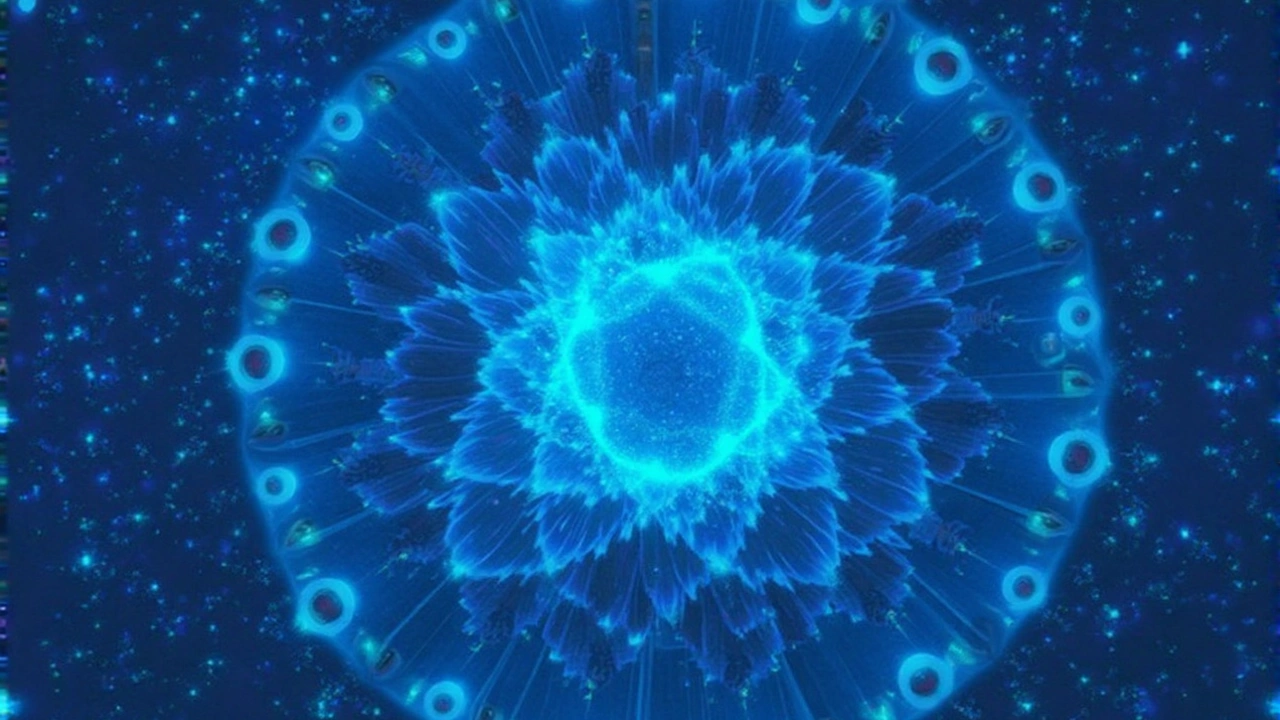Wavefunction Collapse: Simple Definition and Everyday Impact
When talking about wavefunction collapse, a core idea in quantum physics that describes how a particle’s possible states become a single reality when measured. Also known as state reduction, it bridges the gap between the fuzzy world of probabilities and the concrete outcomes we observe. Understanding this concept opens the door to many cool applications beyond the lab.
One of the most direct partners of wavefunction collapse is Quantum Mechanics, the broader scientific framework that governs sub‑atomic behavior and explains why particles can exist in many states at once. Within that framework, the collapse acts like a trigger: when a measurement happens, the probability cloud snaps into one definite result. This relationship enables technologies that rely on precise control of quantum states, such as emerging quantum computers.
From Physics Labs to Video Game Worlds
Another surprising field that borrows the idea is Procedural Generation, the technique of creating content algorithmically rather than manually, often used in games and simulations. Here, developers treat each possible tile or element like a quantum state, then let the algorithm “measure” the layout, causing a wavefunction‑like collapse that decides which piece fits where. The result is a fresh, unpredictable level every time you play, without the need for hand‑crafted design.
Building on that, Algorithmic Art, creative works generated by code that follow specific rules or randomness often mimics the collapse process to produce striking patterns. Artists set up a pool of possibilities, then let a simple rule select one outcome, echoing how a quantum measurement forces a single reality. This link shows that the physics idea fuels both technical and artistic innovation.
These three entities—quantum mechanics, procedural generation, and algorithmic art—form a tight semantic trio: wavefunction collapse belongs to quantum mechanics, drives procedural generation, and inspires algorithmic art. By seeing the pattern, you can appreciate how a single scientific principle spreads into software design and visual creativity.
When you dive into the articles below, you’ll find real‑world stories that illustrate each of these connections. From a deep‑dive into how quantum computers use state reduction, to a step‑by‑step guide on implementing the wavefunction‑collapse algorithm in a game engine, and finally to a showcase of digital paintings born from the same logic, the collection gives you both theory and practice. Whether you’re a curious fan of physics, a budding game developer, or an artist looking for new tools, the posts ahead break down the concepts into bite‑size, actionable pieces.
So, keep reading to see how wavefunction collapse moves from textbook equations to the screens you play on and the walls you might one day decorate. The next sections will give you clear examples, handy tips, and a glimpse of where this idea might head next.
The Myth of the Copenhagen Interpretation: Why It Doesn't Exist
The so‑called Copenhagen interpretation is not a single, coherent theory but a patchwork of early quantum thinkers' ideas. Bohr, Heisenberg, Pauli, Wigner and von Neumann never agreed on a unified view. What survives is a set of practical rules that sidestep deeper questions, fueling the measurement problem and paradoxes like Schrödinger's cat.
